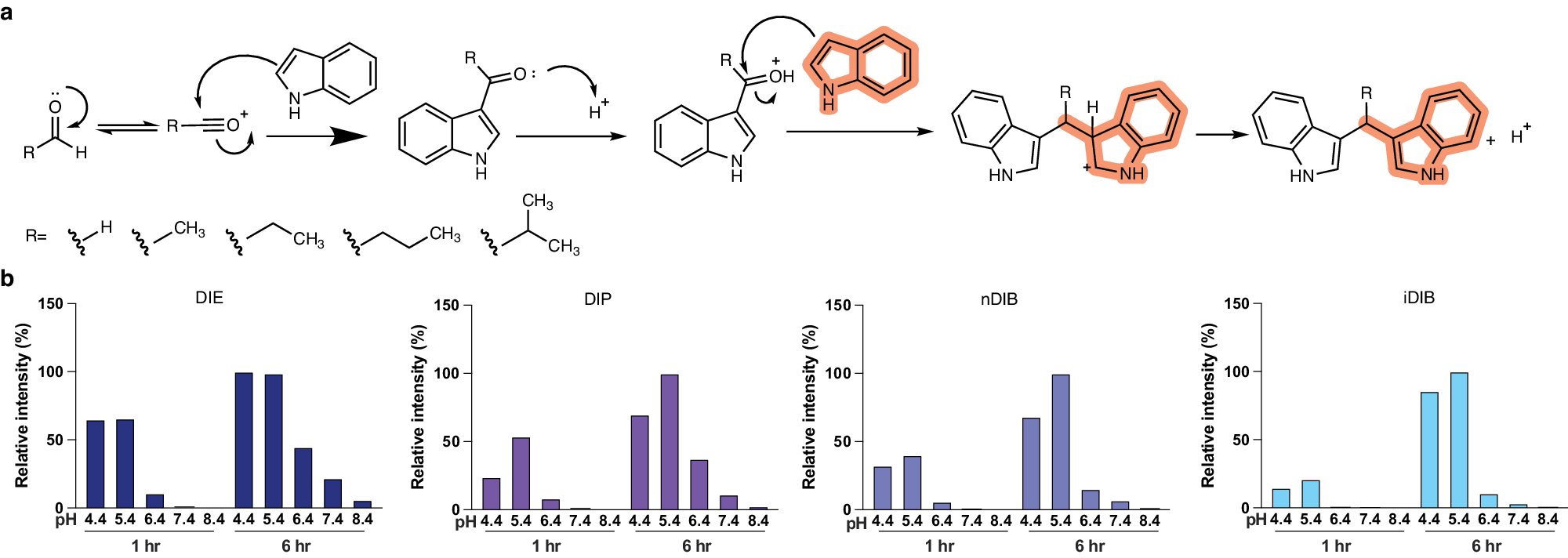Why is Safety and Risk a ‘Wicked Problem’?

In our studies in SPoR with Dr Craig Ashhurst on Wicked problems he uses a number of semiotics to help people understand what a wicked problem is, compared to other problems. His PhD One Team Where Worlds Collide: The Development of Transcoherence for Tackling Wicked Problems. comprehensively demonstrates semiotically what wicked problems are and what can be done about them.
Please note: These graphics are copyright to Dr Ashhurst and cannot be replicated or used without permission.
The idea of a ‘wicked problem’ first emerged from Churchman (http://www.sympoetic.net/Managing_Complexity/complexity_files/1973%20Rittel%20and%20Webber%20Wicked%20Problems.pdf) in the context of management theory but was later developed by Rittel and Webber (1973) into ten clearly definable characteristics (https://en.wikipedia.org/wiki/Wicked_problem). These are:
- There is no definitive formulation of a wicked problem.
- Wicked problems have no stopping rule.
- Solutions to wicked problems are not true-or-false, but better or worse.
- There is no immediate and no ultimate test of a solution to a wicked problem.
- Every solution to a wicked problem is a “one-shot operation”; because there is no opportunity to learn by trial and error, every attempt counts significantly.
- Wicked problems do not have an enumerable (or an exhaustively describable) set of potential solutions, nor is there a well-described set of permissible operations that may be incorporated into the plan.
- Every wicked problem is essentially unique.
- Every wicked problem can be considered to be a symptom of another problem.
- The existence of a discrepancy representing a wicked problem can be explained in numerous ways. The choice of explanation determines the nature of the problem’s resolution.
- The social planner has no right to be wrong (i.e., planners are liable for the consequences of the actions they generate).
In order to help a better understanding of ‘wicked problems’ Ashhurst uses a range of semiotics to better comprehend what a wicked problem is in comparison to the nature of other problems. Let’s explore a few of these graphics:
To solve problems, we usually choose a methodology, method, tools and what expertise is required:

Low level technical problems can generally be ‘solved’ simply:

More complex problems need more than one avenue of expertise to tackle multiple dimensions:


This process possible but not impossible.
A ‘wicked problem’ involves multiple realities, multiple experts, multiple disciplines, multiple worldviews, offers no solutions indeed, become worse if treated simply and, cannot be ‘fixed’.

Ashhurst uses the following table to compare the nature, level of types of problems:

Ashhurst uses the semiotic of a gordian knot as a ‘model’ to best capture the multi-dimensionality of a wicked problem. This looks like this:

What we see is a never-ending knot of 3 loops (people, context and systems) weaving through 6 dimensions: diversity, complexity, ambiguity, instability, constraints and intractability.

With these 3 loops and 6 dimensions in Mind we now are left with a massive challenge. How can we best tackle intractable unsolvable problems. What can we do about safety when we work with fallible people, fallible systems in a VUCA world? (https://safetyrisk.net/kiss-safety-in-a-vuca-world/).
The reality is, risk and safety is neither simple, easy, solvable, provable (https://safetyrisk.net/proving-safety-a-book-review/) or fixable. However, there are approaches and methods that are Transdisciplinary, that are better than others. There are also methods that make things worse (eg. Zero, mono-disciplinarity).
The best way to tackle a ‘wicked problem’ is through Transdisciplinarity (https://safetyrisk.net/transdisciplinarity-and-worldviews-in-risk/). This gives us the greatest diversity of expertise through a Trans-coherence methodology (Ashhurst) to tackle a wicked problem like safety (https://www.peterwagner.com.au/wp-content/uploads/Safety-A-Wicked-Problem2.pdf).
So, why is safety and risk and ‘wicked problem’. This was partially covered by Wagner’s paper cited above but anything that involves: fallible persons, a volatile unpredictable world, fallible systems, social psychology, anthropological complexities, ethics, moral philosophy, subjectivity in understanding is going to be ‘wicked’. The moment one knows one is dealing with a ‘wicked problem’ one’s whole. methodology should change. None of the old closed systems approached are going to ‘work’, indeed, most make things worse.
Then in safety, people wonder why things don’t improve and, the more Safety embraces the realities of psychosocial and mental health, the more ‘wicked’ it will become. At the moment all this delusional preoccupation with psychosocial hazards in safety is simply making everything worse. Nothing is less helpful that mono-disciplinary ‘head-in-the-sand safety’ (https://safetyrisk.net/consciously-safe-unconsciously-unsafe-or-head-in-the-sand-safety/) or ‘Narcissist Safety’ (https://safetyrisk.net/proving-safety-a-book-review/).
If you would like to know more about ‘wicked problems’ and Transdisciplinarity then Dr Ashhurst is available if you wish to contact and engage him ([email protected]) or indeed, any of the coaches or mentors in SPoR who have completed extensive education with Dr Ashhurst can also help.






